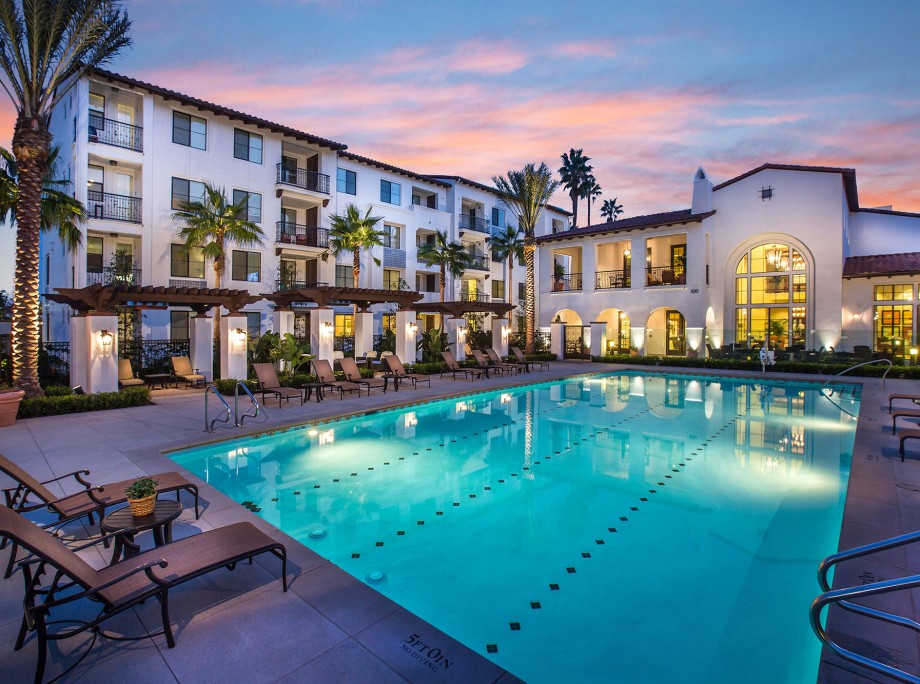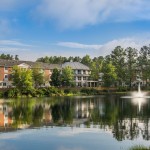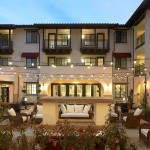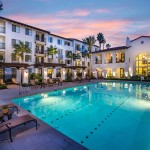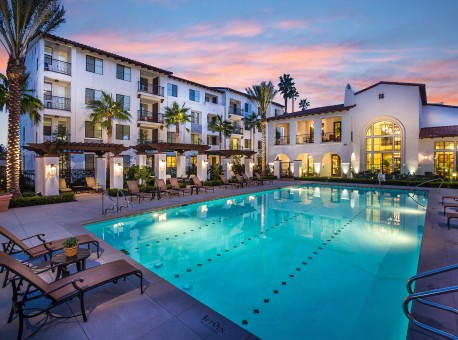Soo Im – Not Your Grandparents’ Assisted-Living Design
GlobeSt.com
August 10, 2016

IRVINE, CA—Some of the newest assisted-living communities look like resort hotels, while others look rather contemporary; however, none of them look like the places previous generations of seniors have inhabited, Soo Im, a director in the Los Angeles offices of KTGY Architecture + Planning, tells GlobeSt.com. We recently spoke exclusively with Im about some of the latest trends in senior-housing and healthcare real estate design.
While assisted-living communities can vary in design, none of them look like the places where we might have visited our grandparents, says Im. “Institutional-looking is out. Resort-style or contemporary is in: arrival areas and lobbies that feel inviting and welcoming and often resemble a boutique hotel. The new facilities highlight good outdoor connections and have optimized daylighting opportunities in the interior spaces. Long gone are the long hospital-like corridors. The new designs increase natural flow and movement.The addition of indoor/outdoor rooms, an outdoor kitchen and dining opportunities, outdoor activity areas catered to local climate to enhance indoor-outdoor living and entertaining opportunities for the seniors encourage activity and socialization are also trends in this sector, says Im. “Other trends include designing open and adaptable space in order to keep amenity spaces flexible for a variety of uses and not just one. Scale is an important factor. Spaces need to feel comfortable and appropriately intimate.”
The addition of indoor/outdoor rooms, an outdoor kitchen and dining opportunities, outdoor activity areas catered to local climate to enhance indoor-outdoor living and entertaining opportunities for the seniors encourage activity and socialization are also trends in this sector, says Im. “Other trends include designing open and adaptable space in order to keep amenity spaces flexible for a variety of uses and not just one. Scale is an important factor. Spaces need to feel comfortable and appropriately intimate.”
Luxury amenities and choices are also popular. “Choices can stem from something simple, like when the resident goes to bed and gets up and when he or she has breakfast,” says Im. “Many communities are adopting partially open kitchens where breakfast is available on demand throughout the morning, and the meals are cooked and plated for the residents per request. Providing these options, rather than what is dictated by a staff-oriented schedule, is key to supporting each resident’s autonomy and dignity.”
She adds that this is especially true for those in long-term care, who are the frailest group of users and may not be able to express their needs as readily. Other optional amenities, such as the concierge service, spa and salons, pet amenities and fitness/therapy amenities, help promote the luxury living style to pamper the residents and help them feel at home.
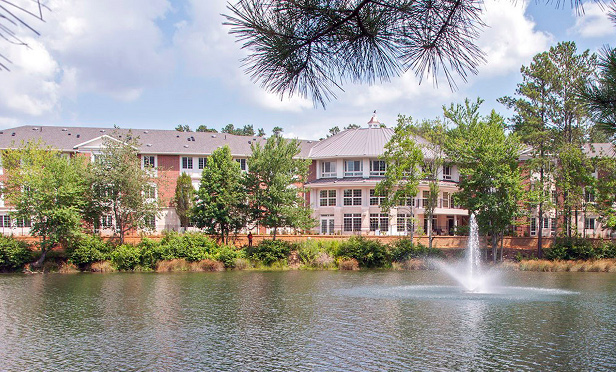
The Georgian Lakeside in Roswell, GA, a 95-unit assisted-living and memory-care community designed by KTGY, is set in a beautiful location overlooking a 5-acre lake.
Great locations are key as well. “Developers are capitalizing on proximity to shopping, recreation, transit, etc.,” says Im. “However, each market is unique, so it is critical to understand the local demographics and the market needs.”
Technology is also making its way into assisted-living communities, she says. Some of the technology being used includes wearable nurse-call systems in lieu of pull-down cords that may not be reachable in case of an emergency; bed-monitoring systems to track sleeping patterns (how often a resident wakes up during the night) and to track potential falls at night when residents don’t return to bed in a reasonable time (going to the restroom half asleep in the middle of the night is one of the greatest risk times for fall-related accidents); electronic charting to eliminate institutional nursing and charting stations; individual medicine cabinets and decentralizing medicine management; and resident monitoring systems to prevent residents from entering non-safe areas (particularly important with those in memory-care facilities or those in assisted-living with signs of dementia).
Aside from design, Im says transparent pricing is becoming more popular, with some communities charging an all-inclusive fee while others create a fee structure where the residents can customize their services on an a-la-carte basis. “There are pros and cons to both of these pricing structures, but either way, it’s important to have a clear, transparent, pricing structure to allow seniors and their loved ones to make informed decisions regardless of the care level.”
Facilities are also working at actively engaging the residents at a whole new level. Im says studies show seniors will live longer, happier lives when they are actively engaged. “One new assisted-living community has a ‘director of excitement.’ Setting the expectation of excitement in the community and delivering it is that person’s full-time responsibility. This critical role makes life fun and enhances the wellness that comes from sharing good times with friends.”
Lastly, Im says more assisted-living facilities are working to involve the community, creating inter-generational activities to provide opportunities to interact with younger generations. “Most residents in senior-care communities welcome the comfort and security they provide, but do not enjoy aging among other aged folks. Beyond scheduling outings, program spaces that invite the local community such as Girl Scout and Cub Scout meetings, sharing of the fitness facility with local residents and featuring spaces to host neighborhood gatherings and events allow residents to connect with the greater community.”
Stay tuned for a more extensive feature on senior housing and healthcare in the July/August issue of Real Estate Forum.
With developers leveraging development and redevelopment opportunities across all property types, how can you capitalize on this activity? Join us at RealShare Orange County on August 16th for impactful information from the leaders in Orange County CRE. Learn more.
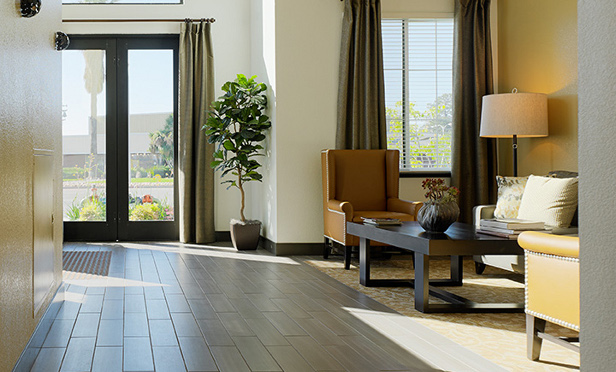
KTGY-designed Camino del Rey in Santa Clara, CA features daylighting, volume and a contemporary design. To achieve good daylighting in building design requires early planning and careful detailing at each phase of the design.
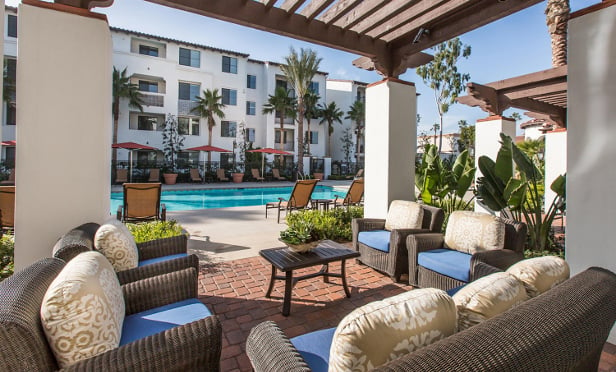
Azulon at Mesa Verde, a KTGY-designed facility in Costa Mesa, CA, offers good indoor-outdoor connections, which is important for increased emotional and physical health.
